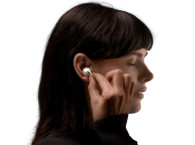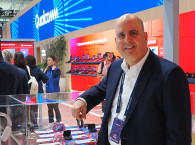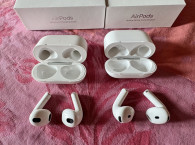With a market share between 29% and as much as 56%, depending on who does the research and how, Apple leads the overall true wireless earbuds market globally. And even if the different AirPods models (and not forgetting those from Beats) continue to lose market share given the number of competitors that have entered the segment, Apple still has increased sales volumes, as the market overall continues to grow. As it happens with the iPhone, more important than the units sold, Apple gains more revenue in the product category than all the profits of all its competitors added up.
As everyone trying to compete in the space, in the AirPods, as with any other product segment that Apple enters, its products combine unique custom hardware, a dedicated OS and a software ecosystem. And since no other player in the market combines all those fundamental pieces, no one can optimize products to the level Apple does.
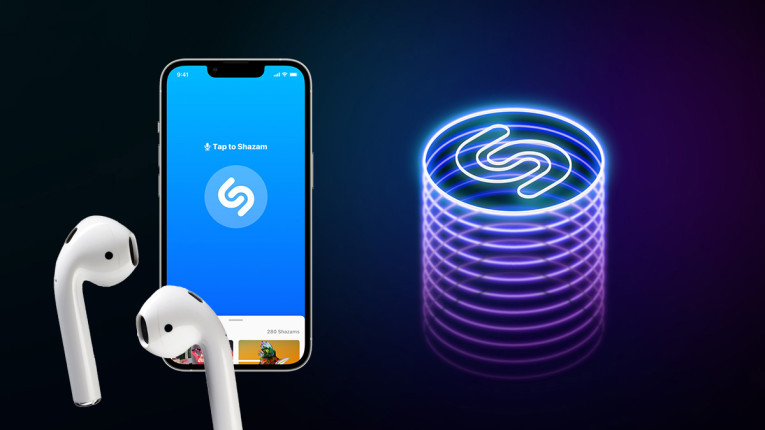
I've been recently reminded about an anniversary that tells us a lot about how important Apple is in the overall audio and music space: Shazam, the music identification app, recently turned 20.
Launched in the summer of 2002, Shazam has now officially surpassed 70 billion song recognitions. Originally, Shazam was launched as a text message service in August 2002. At the time, users in the UK could identify songs by dialing “2580” on their phones and holding it up as a song played. They were then sent an SMS message telling them the song title and the name of the artist. In July 2008 Shazam launched on the new App Store and later launched an Android version. In April 2015 Shazam became available on the first Apple Watch, and in September 2018 Shazam was acquired by Apple.
It's just another app, but I know I use it in Apple Watch all the time - I have my own watch face with Shazam always ready to start listening. It's a really brilliant way to discover new songs and artists, and keep memories of great moments, wherever I go.
As it is painfully clear to any manufacturer or brand that intends to enter the still-thriving true wireless stereo (TWS) space - which very soon promises to evolve in completely new directions with hearing augmentation and hearables, it's really hard to compete with Apple. The elements of technology that make such products are only partially available and do not offer the desirable level of integration and optimization – never mind the possibility to update features over-the-air.
A brief look at all the products just being announced at IFA 2022 in Berlin, Germany, shows how constrained even the most powerful manufacturers are feeling when designing new products.
Low-power wireless and DSP platforms - even edge-AI processors that are able to process natural language - are now starting to become available, specifically optimized for TWS earbuds. Qualcomm is pursuing that strategy with its Snapdragon Sound platform. Likewise, the software development kits for such products are available from a variety of vendors.
And obviously, there are companies now offering a variety of software that manufacturers can use to differentiate new models, including hearing personalization. Bragi, the category pioneer, is now trying to build a complete software platform for the category, with its Bragi OS that includes multiple service integrations like Amazon Alexa and embedded AI. This effectively offers a sort of "marketplace" for product developers and manufacturers to "shop" and implement in their products. But that choice, App Store style, is still not available to the consumer.

I have recently met a new company that is working to solve this dilemma for manufacturers by creating a fully integrated approach that could revolutionize the product development of headphones and earbuds, while at the same helping consumers to gain more choice. To start, Sonical intends to create an environment that will allow consumers to pick and choose apps for their hearables, in the same way they use apps on smartphones.
To make this possible the San Mateo, California-based company is designing and building the world’s first "ear computer" that has the capabilities and performance for next-generation headphones, earbuds, and all ear worn products. And to make the platform accessible they are creating a dedicated operating system to unlock possibilities for thousands of existing and new developers. At the core, those developers will be able to leverage a powerful AI and advanced audio processing platform that runs a real-time operating system (based on FreeRTOS).
I spoke with Gary Spittle, the CEO and founder of Sonical, which has been working to fulfill this vision since early 2020. Gary is a technology and product strategy expert, with a long and remarkable career in the audio industry, where he lead companies in the music, professional audio, consumer electronics, and mobile segments. And he has worked directly with most of the world’s leading audio product brands for more than two decades, defining, designing, building, and shipping products on a large scale. Before Sonical, he led his own audio consultancy business in the San Francisco, Bay Area, and before that he worked with Knowles, Dolby, CSR (before the acquisition by Qualcomm), CEDAR Audio, and others, piling up multiple patents in the process.
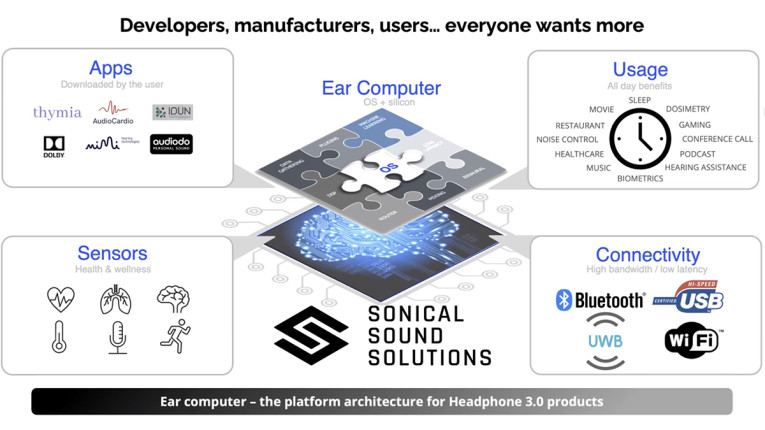
- Hearables should not be defined by the functions of a chip or the Bluetooth profiles, there is a lot more that product makers want to do.
- Instead, the industry needs an open platform that is software defined, by the end user (just like laptops, tablets, smartphones, smart watches).
- The products will no longer be categorized as a "phone accessory."
- Having just a chip is not enough, developers don't want to spend weeks down in the weeds of chip level firmware. They want to write high level apps and plugins and rapidly deploy them.
- Having just a software framework is not enough, it will always be restricted by existing silicon performance.
- The optimal solution (proven by CSR) is a combination of hardware and software that is well supported for product manufacturers and developers to innovate.
- The next generation of products will not only have improvements for how we listen to audio, they will also listen to the world around us and present an enhanced version using augmented reality algorithms, and will also listen to our bodies to monitor our health and wellness using AI.
Gary is very familiar with all the challenges of developing Bluetooth products and designing products and solutions for headphones, hearing aids, and hearables. That led him to understand that the industry "needs a new chip." And that was even before Apple did just that with the H1 processor. More importantly, he believes that manufacturers need to work with software and hardware. And most important, he believes in the power of an open platform for the category, so anything can be driven through apps.
Obviously, there is a lot more to learn about what Sonical is doing. I can just share that the Sonical team absolutely has the vision to complete the puzzle and more importantly, they have had significant progress in their efforts.

Sonical and Segotia, an advanced audio and neuro technology company from Ireland, have established a partnership to promote this Headphone 3.0 strategy, leveraging the strengths of each team. The immediate focus is to expand CosmOS, the embedded operating system developed by Sonical, with a growing ecosystem of plugins and apps for hearable devices to transition to Headphone 3.0.
Segotia (www.segotia.xyz) is a Galway, Ireland-based company that specializes in fusing audio processing with the sensing of user brain activity and the decoding of Neuro Markers, which indicate the nature and extent of user attention, engagement, and response.
The ability to download personalized neuro-sensing applications to consumer devices via CosmOS is seen as a game changer, enabling a new generation of applications including the ability to monitor listener attention and help with clarity of an audio signal in a loud environment - aka helping to solve “the Cocktail Party Effect.” This includes features such as Audio Attention Decoding to bring consumer Headphone 3.0 products into the realm of professional hearing devices.
"CosmOS will be the tool that delivers flexibility to Hearables,” says Gary Spittle. "We are on the cusp of the era of Headphones 3.0, which puts configurability of Headsets into the hands of the device owners and removes the constraints imposed by the platform vendors.
Hope this excites your curiosity. You can visit Sonical’s work-in-progress website at www.sonical.ai





